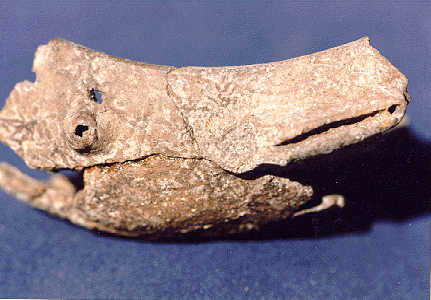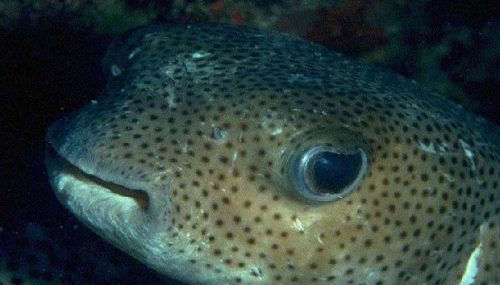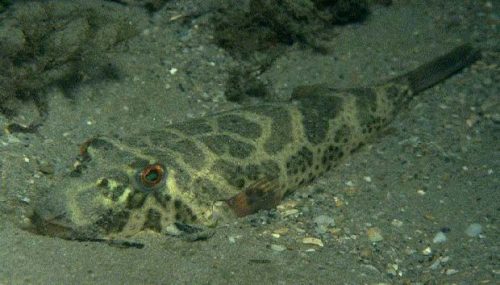When you think of zombies, if you do, you probably envision the movie Night of the Living Dead, with its decomposing bodies escaping from their tombs to march though the darkness in slow, unstoppable formations eager to capture the living. But, not surprisingly, this is a Hollywood image that bears little resemblance to a more frightening reality.

Zombies really exist. To find them you must travel to the western third of the island of Hispaniola. Here, you will find the country of Haiti. The first free black (Afro-Caribbean) republic in the world. A country that won its independence from France, then the most powerful country in Europe, by defeating Napoleon’s Army in 1804. So while other West Indian nations were evolving under the careful eye of European land owners, Haiti pursued its own path. And having achieved independence at such an early date, Haiti has invented a culture that is unique in the world. A culture built through the syncretism of various African beliefs in conjunction with Native West Indian Taino and European influences. An all encompassing element of the culture is religion. Usually spelled “Voodoo” (though the actual pronunciation is closer to vodoun) these are actually the ceremonies in which practitioners are possessed by the loa, the spirits. As in all religions there exists a tension between good and evil. Most vodoun has little to do with sorcery and black magic. Zombies, however, are one of the exceptions.
The word ZOMBI probably comes from the Kongo word nzambi, which glosses as “spirit of a dead person.” In Haiti a zombi is someone who has annoyed his or her family and community to the degree that they can no longer stand to live with this person. They respond by hiring a Bokor, a vodoun priest who practices black magic and sorcery, to turn them into a zombi. Through the application of a coup poudre (magic powder) the victim appears to die. They are then buried and within a few days are exhumed. Though still living, they remain under the Bokor’s power until the Bokor dies.
In April 1982, noted ethnobiologist E. Wade Davis went to Haiti following reports that two people who were supposed be dead had recently returned to their villages. Both the victims and their relatives attested to the fact that these two had been turned into zombies. Fortunately for Dr. Davis, one of the victims was able to describe the symptoms that followed his poisoning. Davis succeeded in learning the recipe for poudre zombi, and was present to witness its preparation. In the process, he recognized that the main ingredients included fou-fou which we know as the porcupinefish (Diodon hystrix), and the crapaud de mer, sea toad or pufferfish (Sphoeroides testudineus). Fishes that contain a deadly nerve toxin, called tetrodotoxin.
The symptoms of puffer poisoning have been described by Dr. Bruce W. Halstead as follows: “Symptoms of tingling about the lips and tongue and motor incoordination usually develop within 10-45 minutes after ingestion of the fish. The tingling may later spread to other parts of the body. In some instances, the numbness may involve the entire body, in which instances the victim may feel as though he were ‘floating’. Excessive salivation, extreme weakness, nausea, vomiting, diarrhea, abdominal pain may soon follow. Twitching of the muscles, paralysis, difficulty in swallowing, loss of voice, convulsions, and death by respiratory paralysis may ensue. More than 60 percent of the victims poisoned by this fish die. There is no specific treatment or antidote for puffer poisoning.” (From: Dangerous Marine Animals by Bruce W. Halstead, Cornell Maritime Press, Cambridge, MD, 1959).
Although these fishes are highly toxic, they are regarded around the world as a delicacy. The Japanese have a passion for fugu fish (puffers in the genus Fugu), and the Chefs who prepare the fish are required to obtain special government licenses. Despite precautions, hundreds of deaths from fugu fish poisoning occur in Japan each year. As an aside, fugu poisoning was the murder weapon in Jane Haddam’s book Murder Superior (Bantam Books, NY, 1993). It was also used to poison James Bond at the end of From Russia with Love by Ian Fleming (Berkley Books, NY, 1982).
Check out Philosopher David Chalmers thoughts on ZOMBIES
Photographs are copyrighted by the photographers and may not be reproduced without their expressed permission. To copy fish photographs contact David B. Snyder at csa@gate.net. For others contact William F. Keegan at keegan@flmnh.ufl.edu.


